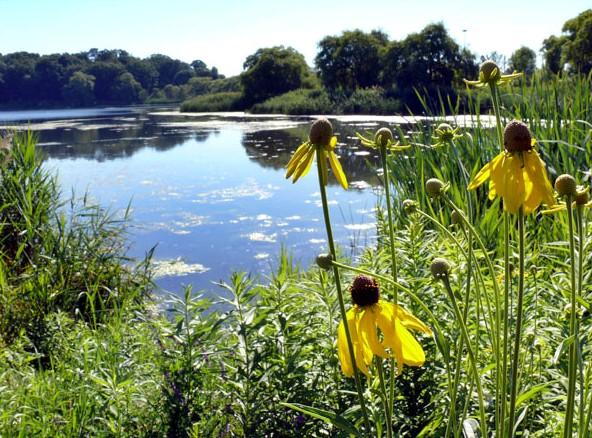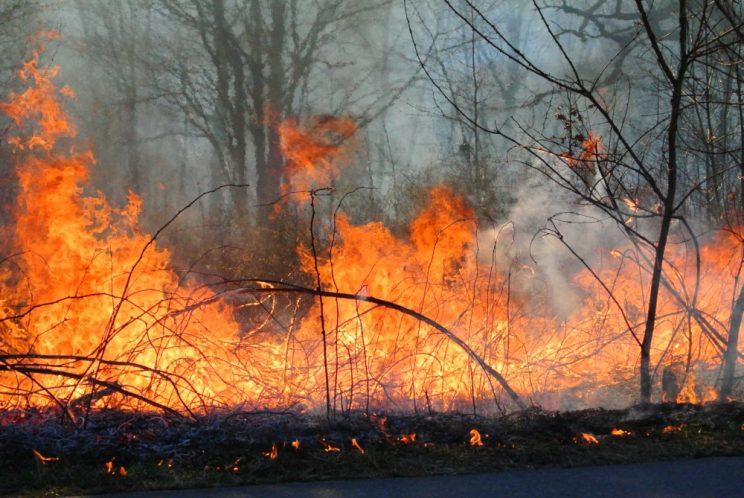by High Park Nature, with additional material from Urban Forestry
In keeping with the wishes of John Howard, High Park was intentionally left in an undeveloped, natural state. Over time, however, public demand for active recreation fueled significant changes. All these changes increased the appeal, access and comforts of High Park, but they all came at a cost to the natural environment.
Young oak saplings were a rare sight before the start of the restoration program. The park was dominated by mature oaks near or at their life expectancy.
Early Development in High Park
Starting in the early 1900s, trees were cleared to create space for playing fields and toboggan runs. Roads were laid out to improve access. Park managers started planting non-native trees and replacing the native groundcovers with turf grass. In the 1950s and 60s many major facilities were built, including Hillside Gardens, Grenadier Restaurant, and the swimming pool, field house and outdoor ice rink complex. Additional washrooms, picnic shelters, food concessions and parking lots were constructed, and major access roads were widened to accommodate increased volumes of traffic. All these changes increased the appeal, access and comforts of High Park, but they all came at a cost to the natural environment.
Growing Awareness and Studies
Things began to change in the mid-1970s. Around 1974, the City realized that the natural environment of the Park represented a key asset and began to reduce mowing in order to encourage and preserve the oak savannah. In 1976, the Ministry of Natural Resources conducted an ecological Study of Grenadier Pond and the Surrounding Areas of High Park under the supervision of Allan Wainio. In 1986, the City Parks Department undertook a survey of the Ravines of Toronto and produced working plans to address their rehabilitation and preservation. The High Park portion of this study (including the savannah) was completed in 1988 and recommended further reduction of mowing practices in order to encourage the regeneration of the Black Oak Savannah vegetation. This recommendation was implemented. In addition, propagation of native woody plants was recommended and the native plant propagation program began at the High Park Greenhouses.
Official Designations
The Parks Department initiated a further study in 1988 with the purpose of developing a comprehensive management philosophy that would guide the implementation of appropriate park stewardship. This study included all aspects of High Park: transportation and traffic flow, safety and recreation, the natural environment and virtually all aspects of park use, development and maintenance. At the request of Parks and Recreation, Steve Varga of the Ministry of Natural Resources (MNR) conducted a Botanical Inventory and Evaluation of the High Park Oak Woodlands in 1989. His recommendation resulted in High Park being identified as an Area of Natural and Scientific Interest (ANSI).
The ANSI study and additional steps eventually led to a large portion of High Park being designated as an Environmentally Significant Area under Toronto's Official Plan. Further research and demonstration tests led to the adoption and implementation of the Black Oak Woodlands and Savannah Management Plan, 2002, as well as shoreline restoration of Grenadier Pond and other improvements to park's natural environment.




















